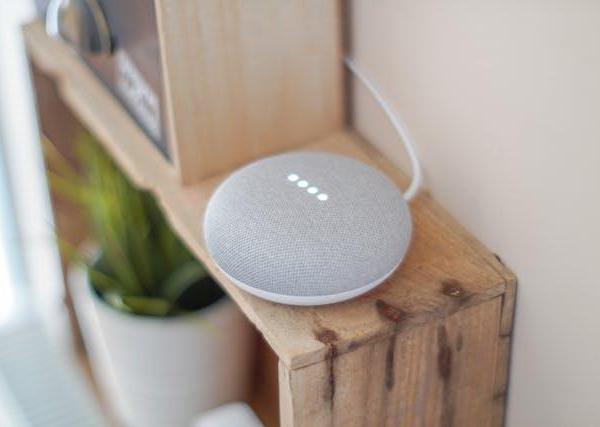Set boundaries and establish tech-free zones or times:
Setting boundaries is crucial for responsible and mindful technology usage. Establish tech-free zones or times in your daily routine where you disconnect from technology completely. This could be during meals, before bedtime, or during specific activities such as exercising or spending time with loved ones.By setting boundaries and designating tech-free zones, you create space for meaningful connections and activities that do not revolve around screens. This allows you to be fully present in the moment and engage in activities that promote well-being and personal growth.
Practice digital detoxes:
Periodically taking breaks from technology is essential for maintaining a healthy relationship with it. Consider practicing digital detoxes, where you intentionally disconnect from all digital devices for a certain period, such as a day or a weekend.During a digital detox, engage in activities that promote relaxation, creativity, or social connection, such as reading a book, engaging in hobbies, spending time outdoors, or meeting friends in person. Digital detoxes provide an opportunity to recharge, reset, and reflect on your technology usage habits.
Be mindful of your screen time:
Mindful awareness of your screen time is essential for responsible technology usage. Take note of how much time you spend on screens each day and reflect on the impact it has on various aspects of your life.Consider using screen time tracking apps or built-in features on your devices to monitor and limit your screen time. Set goals for reducing or managing your time spent on specific apps or activities, such as social media or gaming. Being aware of your screen time habits allows you to make conscious choices about how you allocate your time and energy.
Practice intentional and purposeful technology use:
Instead of mindlessly scrolling through social media or engaging in endless browsing, practice intentional and purposeful technology use. Before using a device or app, ask yourself what specific purpose or goal you have in mind. This could be reading an article, responding to important emails, or connecting with a friend.By being intentional with your technology use, you can avoid falling into the trap of excessive and unproductive screen time. Set specific time limits for different activities and prioritize activities that align with your values, goals, and well-being.
Prioritize face-to-face interactions and real-world experiences:
While technology allows us to connect with others virtually, it is important to prioritize face-to-face interactions and real-world experiences. Make an effort to spend quality time with friends, family, and loved ones in person. Engage in activities that involve physical presence and human connection.Real-world experiences, such as exploring nature, pursuing hobbies, or participating in community events, provide a sense of fulfillment and enrich our lives in ways that technology cannot replicate. By prioritizing face-to-face interactions and real-world experiences, we foster deeper connections and create memories that last.
Practice digital hygiene:
Digital hygiene refers to responsible and ethical practices in using technology. It involves being mindful of privacy and security, managing digital clutter, and maintaining a healthy online presence.Regularly review and update your privacy settings on social media platforms and other online accounts. Be cautious about sharing personal information and be aware of potential security risks. Clean up your digital clutter by organizing files and folders, deleting unnecessary apps or files, and regularly backing up important data.
Additionally, be mindful of your online behavior and the impact it can have on yourself and others. Practice respectful and positive online communication, avoid cyberbullying or spreading misinformation, and be mindful of the content you share.
Responsible and mindful technology usage is crucial for maintaining a healthy relationship with technology and optimizing its benefits while minimizing its drawbacks. By setting boundaries, practicing digital detoxes, being mindful of screen time, using technology intentionally and purposefully, prioritizing face-to-face interactions and real-world experiences, and practicing digital hygiene, we can develop responsible and mindful technology habits. It is important to remember that technology is a tool that should serve us, not control us. By cultivating awareness and conscious choices in our technology usage, we can enhance our well-being, nurture relationships, and lead more balanced and fulfilling lives.



